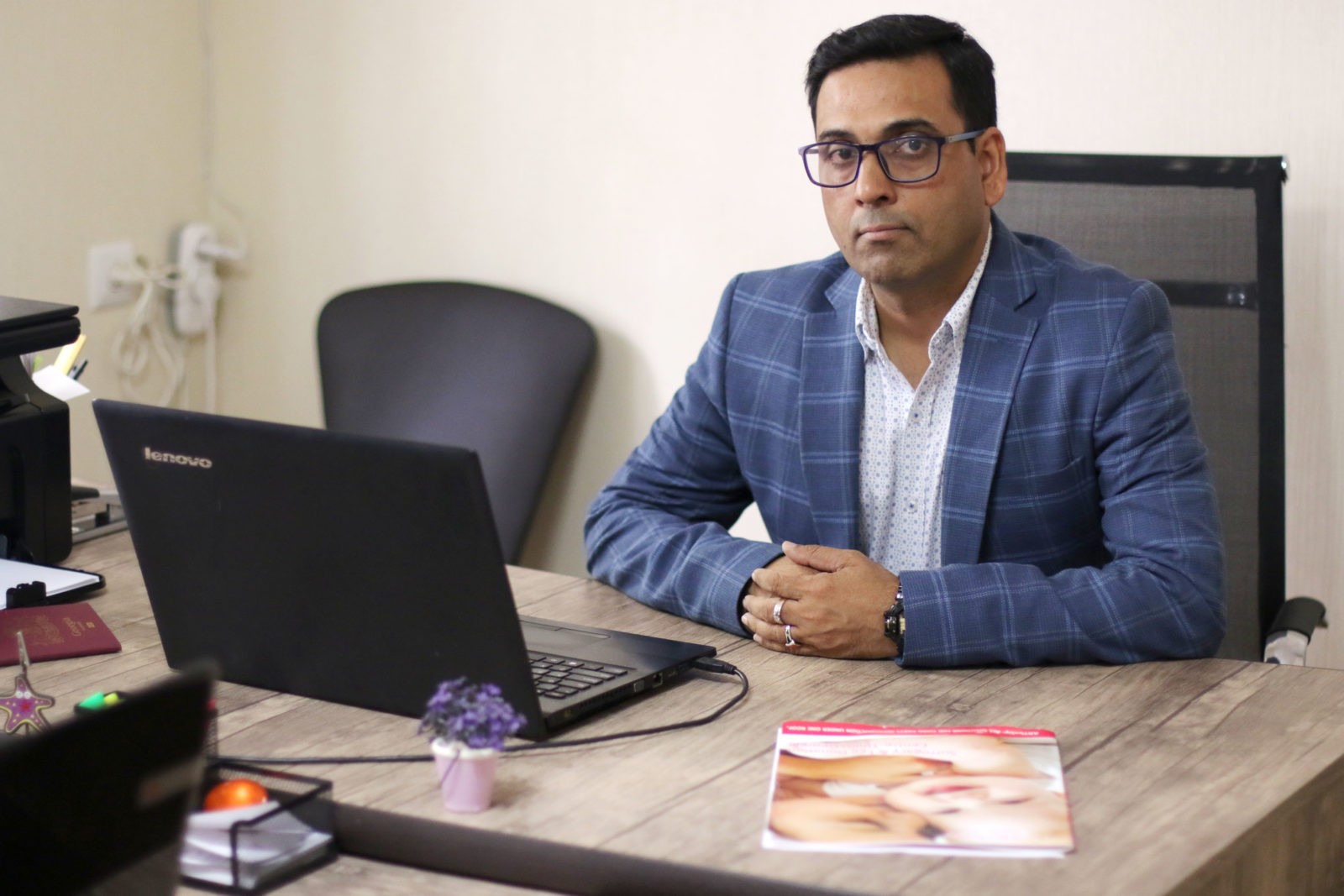In recent days, there are many triggering factors that require preserving women’s fertility, and assisted reproductive technology (ART) becomes a very successful medical intervention. The Discovery and development of cryopreservation of embryos in the field of ART become revolutionary.
For a few decades, the rate of implantation of a frozen embryo is increasing and become an established fertility system of ART in the present decade. In 2016, the International Journal of Reproductive BioMedicine published an article, where it has been reported that frozen embryo transfer has several advantages and can provide similar or even higher pregnancy rate with more number of the live birth rate in comparison with fresh cycles, which is considerably great importance in case of fertility outcome.
The evidential data already confirmed that women participants who attained the frozen embryo transfer receive 8% additional births in comparison with fresh embryos. Some of the advantages and attainment of the frozen embryo in ART are as follows:
In the in-vitro fertilization process, the success of frozen embryo transfer minimizes the number of fresh embryo transfers.
It has been observed that ovarian hyperstimulation risk enhances the embryo transfer cancelation and that can be manageable by the frozen embryo.
Not only ovarian hyperstimulation, but elevated levels of serum progesterone, endometrial bleeding, or any other unexpected events can also terminate the embryo transfer. In all these cases, the frozen embryo becomes a vital tool to manage the problem. Therefore, the loss of a pregnancy can be minimized by assigning frozen embryo transfer.
In ART, ovarian hyperstimulation requires to pursue by injecting hormonal medications to stimulate the eggs produced in the ovaries. This can potentiate several mild to severe side effects, including mild to moderate abdominal pain, distended abdominal structure, waist size enhancement, nausea, vomiting, diarrhea, ovarian tenderness, unexpected weight gain (more than 6.6 pounds). In severe conditions, rapid weight gain of more than 15kg within 5-10 days, tremendous pain in the abdomen, persistent nausea and vomiting, clotting in the blood, breathing difficulty, etc. A research study found that minimum ovarian hyperstimulation syndrome in women undergo frozen-embryo.
It is necessary to mention that 4 to 9 oocytes can only be retrieved in the case of fresh-embryo transfer, whereas in the case of frozen-embryo transfer 10 to 15 oocytes can only be retrieved.
Multiple studies also supported that frozen-embryo transfer provides higher birth weights than fresh-embryo transfer. However, some study results finding differed from this conclusion.
There is some perplexity, which indicates preeclampsia is more common in frozen-embryo transfer, but one clinical trial conducted by Yuhua Shi et.al and the study report performed in 2018 concluded that no significant difference obtains between frozen-embryo transfer and fresh-embryo transfer in respect of the risk of preeclampsia development and even there is no difference between the neonatal mortality rate between.
The above mentioned evidential justification ensures it is a better option to save pregnancy and indicate a better alternative to a current ART procedure.

Ravi Sharma is a self-motivated, successful entrepreneur and has a solid experience in the fertility segment. and he is the director at ARTbaby Global (ARThealthcare). He is a pharmacy graduate with post-graduation in business administration and has 14 years of rich experience in the field of infertility segment. He loves to write about IVF, Surrogacy, and other ART (assisted reproductive technology) news, issues, and updates. He is a Pharmacy graduate (B. Pharm) and M.B.A (marketing).
His most recent success includes the successful launch of the medical tourism company, ARTbaby, which offers treatment options for infertility, egg donation, and surrogacy. He likes spending time with his family and writing about various aspects of IVF surrogacy and donating eggs.

